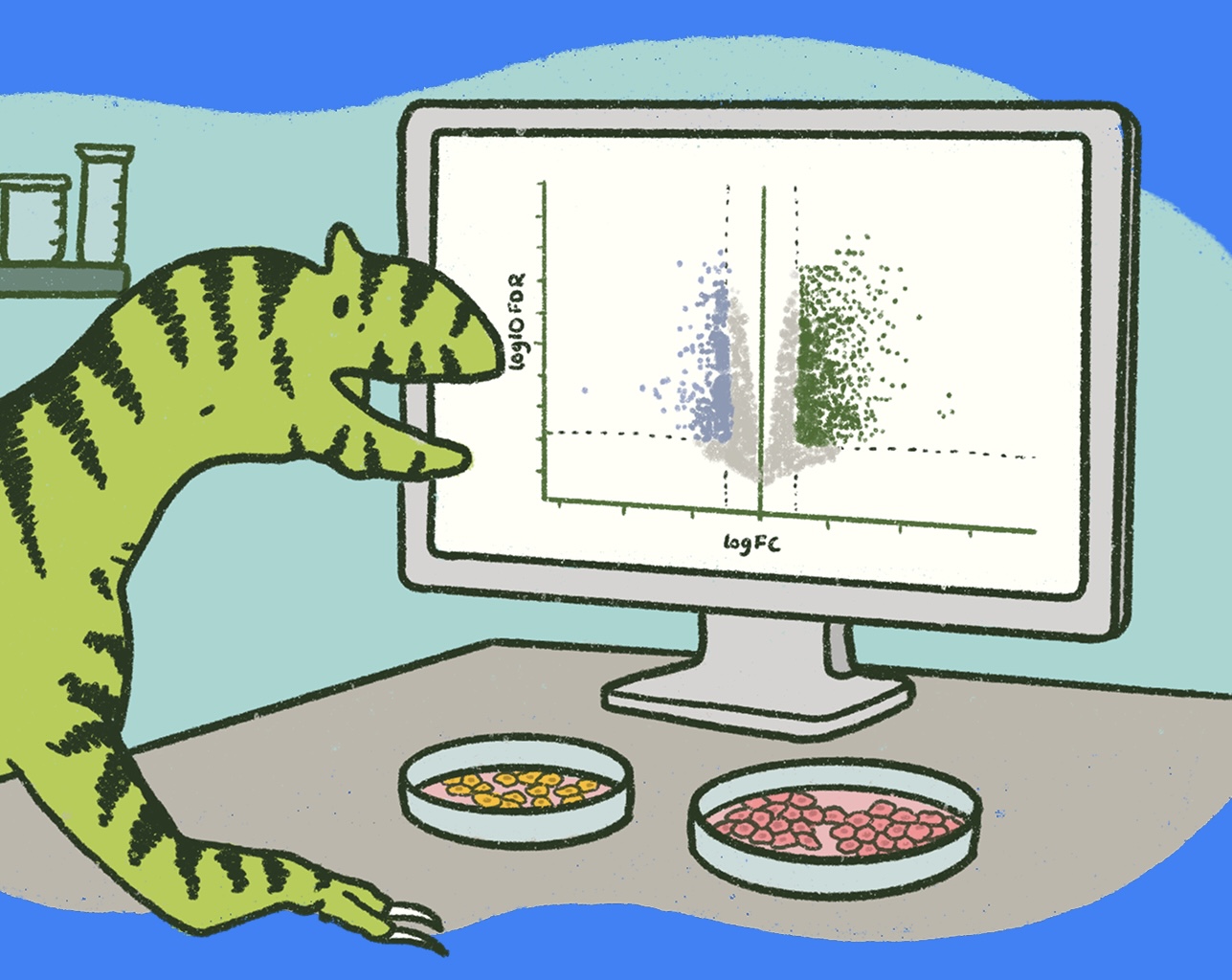CRISPR-Cpf1 – The Next CRISPR-Cas9?
If you work in any field of biology - biotech, medicine, academic research, or even agriculture – chances are that you’ve heard of CRISPR-Cas9 (I’m going to refer to it as just Cas9 going forward). Actually, even if you don’t, but you read any major newspaper or listen to NPR, you still probably have some idea that Cas9 is the genome-editing reagent du jour. It’s easy to use, specific enough for us to begin entertaining serious efforts for Cas9-based therapies, and, for some added drama, is currently the subject of a fairly compelling legal battle to determine who should hold the patent on its use as a genome editing reagent. It’s hard to argue with the staying power that Cas9 has demonstrated in just three short years since it was first described, but now that a new CRISPR-associated protein called Cpf1 has been described by Feng Zhang’s group at MIT and The Broad Institute, there’s a lot of buzz that this new reagent might be an even better option than Cas9 for genome editing.
At first glance, Cpf1 and Cas9 seem remarkably similar. The essence of all genome-editing reagents is their ability to create breaks in DNA, which are then sensed and repaired by natural cellular machinery. This repair process can then be harnessed and manipulated by scientists to produce mutations of interest. Both Cas9 and Cpf1 use RNA molecules to guide them to their target sites (often called “guide RNAs” or just “guides”), and they both have a protospacer-adjacent motif (PAM) that the protein itself recognizes to help narrow down the possible sampling space within the genome that it can target. And while some small details about these are different (Cpf1 PAMs seem to be T-rich, Cas9’s are usually G-rich, and the target sequence of Cpf1 is slightly longer), the basic modalities are the same: a protein binds a short DNA sequence and then checks the adjacent genomic sequence against a guide, and if there is enough complementarity between the guide and the DNA, the protein cuts the genome. Because the guide-genome interface is based on Watson-Crick base-pairing, which is extremely easy to predict, re-targeting both Cas9 and Cpf1 to new genomic coordinates should be equivalently easy.The differences between the two are subtle, but not insignificant. The major one, in my mind, is that Cpf1 makes staggered cuts in the DNA, meaning that there are short DNA flaps, or “overhangs,” leftover at the cut site. Cas9 makes a “blunt” cut, by contrast. The paper argues that the staggered cuts made by Cpf1 may make them more amenable to more “precise” genome editing akin to homology-directed repair (HDR), often thought of as the most valuable mechanism since it allows for researchers to make extremely precise genomic alterations. This argument, which has been repeated several times in the media surrounding Cpf1’s development, stems from the idea that DNA overhangs can be used as “sticky ends” that would act as docking points for insertion of researcher-defined sequences. Though logically sound and theoretically possible, this claim hasn’t actually been supported by any published data and requires further experimentation to be validated. Another difference is that Cpf1 potentially works as a dimer (indirect evidence only), which might have some functional implications for niche uses of the enzyme but shouldn’t affect most users. Regardless of the differences, the most important development is that Cpf1 can create mutations in eukaryotic cells. While it is true that the reported rates of mutagenesis do not seem to be as robust as Cas9, future optimization is likely to improve them.So is Cpf1 the next Cas9? There’s no reason it can’t be. But then again, there’s no reason it should be. At present, Cas9 is a far more mature technology. The subtle differences between Cpf1 and Cas9 probably aren’t enough for the majority of genome editors to switch platforms. The fact that Cpf1 targets a new PAM probably has little bearing on its utility as a genome-editing reagent outside of a few specialized uses (such as editing in thymine-rich genomes). And while it’s been argued that the staggered cut made by Cpf1 will make genome editing more precise in the sense that sticky ends will help integrate user-defined sequences, there is no evidence that Cpf1 is precise in the sense of off-target effects. In fact, if our history with Cas9 is any indication, early generation Cpf1 reagents will probably generate conspicuous and meaningful levels of mutations at off-target sites. Meanwhile, Cas9’s specificity has been extensively characterized and is constantly being upgraded through clever engineering approaches.So maybe Cpf1 is the next genome editing reagent du jour. Maybe it turns out that Cpf1 is better at stimulating HDR, is more specific, is more efficient, is better in every possible way. But until someone goes out and proves it, Cas9 is still king.



.svg)











-min.png)
.gif)